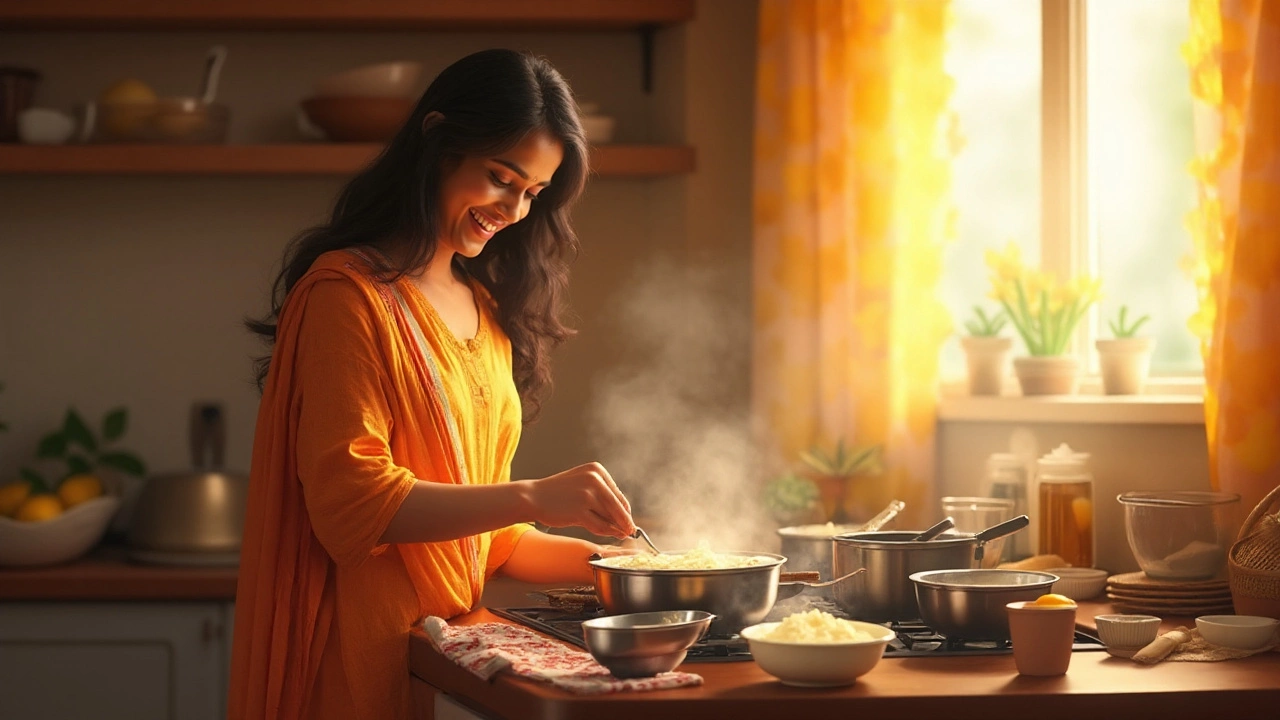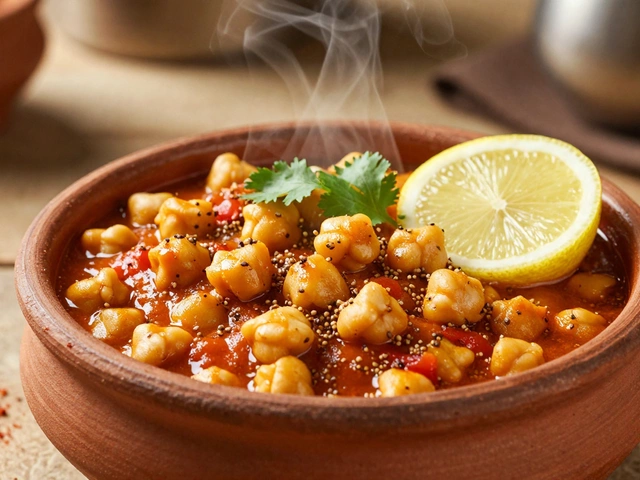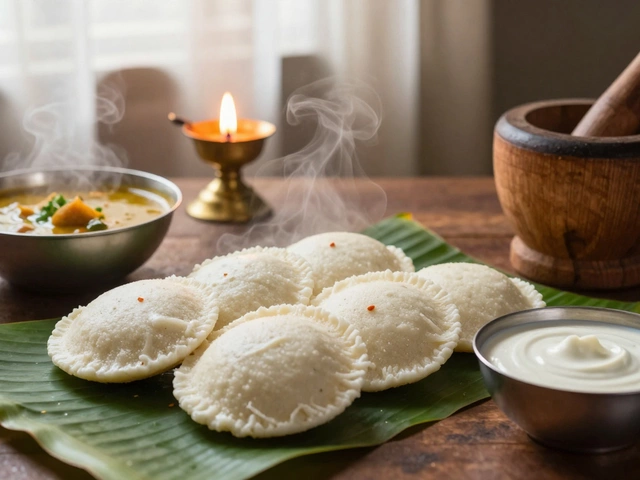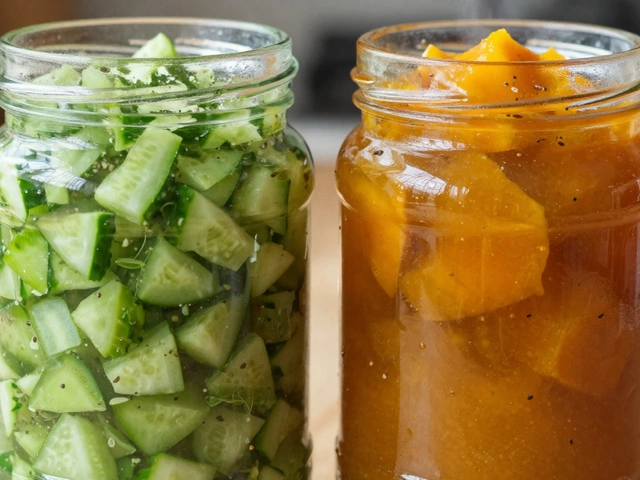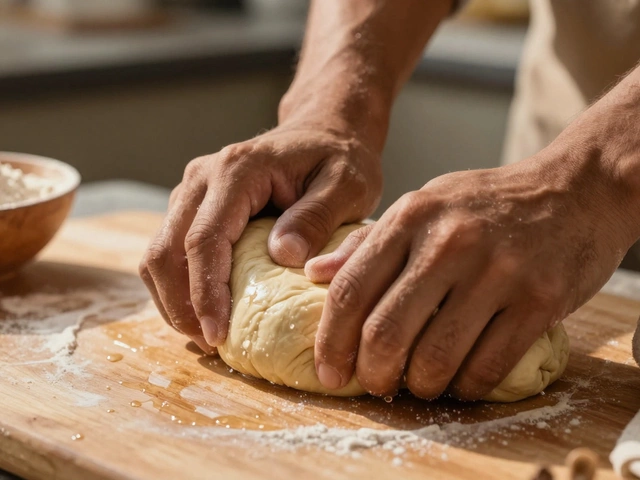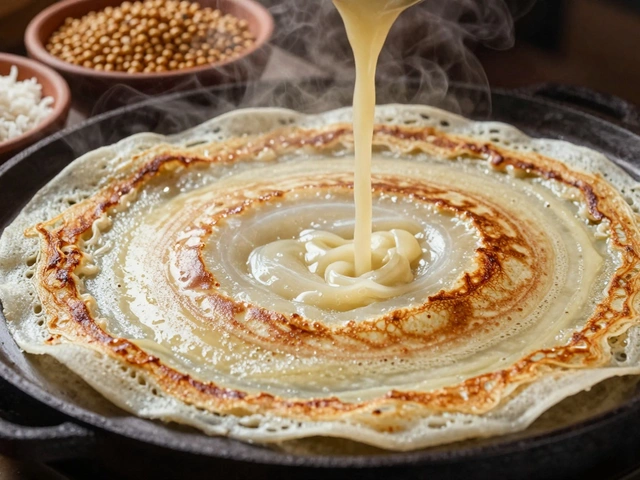You’d think paneer-making belongs to some secret society of apron-wearing experts, judging by the proud faces of those who’ve nailed it at home. But here’s a wild twist—fresh homemade paneer isn’t rocket science. It’s kind of life-changing. Before you write it off as too much hassle, pause for a second. Is it actually worth trading a slab of store-bought for a homemade block you made with your own two hands?
How Homemade Paneer Stacks Up Against Store-bought
If you’re used to the supermarket stuff, you might not even realize what you’re missing. Industrially packaged paneer comes in vacuum-sealed bricks with a shelf-life that defies science (and maybe nature). Manufacturers want every block to survive weeks, so you get paneer that’s firm, bland, and—let’s be honest—sometimes rubbery. But homemade paneer flips the script. It smells like fresh milk, tastes creamy, and has this gentle, crumbly softness that you just can’t fake.
Ever bit into a store-bought paneer cube, only to find it’s more like chewing an eraser? Homemade paneer is a different animal. It absorbs flavor from curries, sautés, or marinades, soaking up all those delicious spices. Even better, you control the texture—with more or less pressing time, you decide if it’s silky or firm. Grab some fresh lemon juice or white vinegar and a pot of milk. That’s all you really need.
Here’s a fun fact: In a 2023 survey at the Indian Culinary Institute, 82% of 200 home cooks said they preferred homemade paneer over store-bought, mainly for taste and texture. That’s a big win for kitchen DIY.
- Fresh paneer uses only milk and acid (like lemon or vinegar), so there are no preservatives or additives.
- The process can be done in under an hour and requires basic kitchen tools.
- Homemade’s delicate texture is perfect for dishes where you want the paneer to melt in your mouth, not bounce like rubber.
So, if you’re torn because store-bought seems so grab-and-go, ask yourself if you’re happy with how it tastes. If you think store-bought is just ‘okay,’ you’re going to love homemade.
| Feature | Homemade Paneer | Store-bought Paneer |
|---|---|---|
| Taste | Fresh, creamy, mild | Bland, sometimes dry |
| Texture | Soft, crumbly or silky (adjustable) | Firm, rubbery |
| Ingredients | Milk, acid (lemon/vinegar) | Milk, stabilizers, preservatives |
| Cost per 200g block | ₹45-55 | ₹70-110 |
| Prep Time | 30-45 mins | Instant (pre-packaged) |
| Shelf life | 2-3 days (fridge) | 10-14 days (unopened) |
| Additives | None | Usually added |
Still with me so far? Let’s look at the health side now.
The Real Health Difference—Freshness Wins
So, you’re thinking: How much healthier can fresh paneer really be? Here’s the scoop. Homemade paneer has no stabilizers, calcium chloride, or whatever mystery ingredients help commercial blocks survive months on the shelf. You make it, you know what’s in it. No drama, just milk and an acidic agent.
- Fresh paneer brings in natural milk proteins, calcium, and vitamin B12. If you’re using good milk, it’s even richer in flavor and nutrition.
- Lab tests by India’s Food Safety and Standards Authority (FSSAI) in 2022 found that many commercial brands carry added fats or oil blends, which can reduce purity. Homemade is just, well, milk—no surprises.
- Preservatives and additives—like potassium sorbate or stabilizers—have become standard in retail brands. You skip these entirely with homemade versions.
- Your paneer is as fresh as you want—use it the same day, and you’ll notice the difference in both taste and how you feel after eating.
Even the fat content is under your control. Want rich, soft paneer? Use full-fat milk. Prefer it lighter? Try low-fat milk, though your yield might drop a bit. Homemade also wins if you have dietary restrictions—need lactose-free or buffalo milk? No one’s stopping you.
Another cool benefit is portion control. Make as little or as much as you want—no wasted half-bricks drying out in the fridge.
Someone once told me, “Real paneer tastes like a dairy farm and a kitchen fell in love.” It’s so true because milk quality directly impacts the flavor. Local A2 milk, for example, is often praised for higher protein and easier digestion. If you can get fresh milk from a nearby vendor or dairy, your paneer will be top-notch.
The fresher your paneer, the less bloating and heaviness you’ll feel after eating. A side-by-side taste test? Homemade almost always walks away with the gold medal.
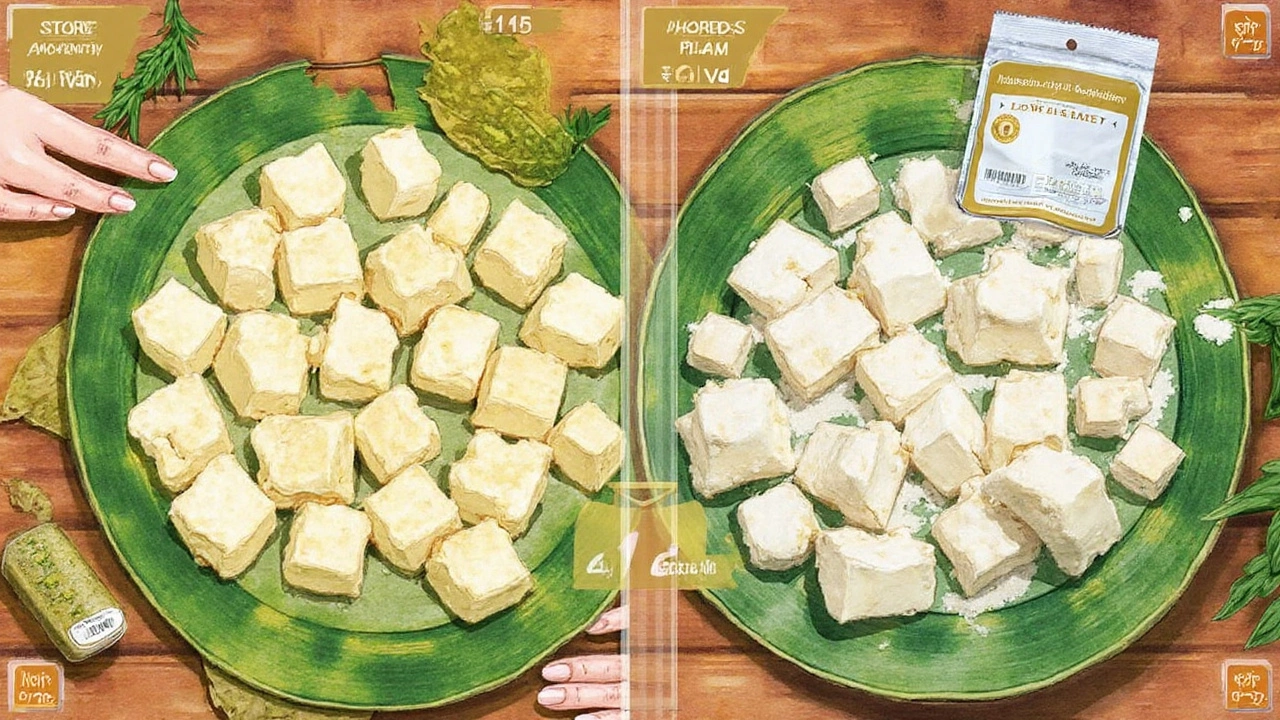
Making Paneer at Home—Easy Tips and Mistakes to Dodge
Ready to tackle your own block of fresh paneer? Don’t get psyched out by the steps. The process is simple, but there are a few tricks to keep it dreamy instead of crumbly-but-dry or sticky disasters. Here’s how the pros do it:
- Choose fresh, full-fat milk—cow’s or buffalo. Skip UHT or long-life milk. You want milk that actually spoils (sounds wild, but trust me).
- Bring the milk just to a boil, then turn the heat low.
- Add your acid: fresh lemon juice gives the best flavor, but plain white vinegar is fine too. Pour slowly and always stir gently.
- Wait for the magic—curds will separate from the whey. Turn off the heat once it splits.
- Pour into a cheesecloth-lined colander. Rinse with cold water so you’re not left with sour notes.
- Twist up the cheesecloth and hang it for 20-30 minutes—gravity does the heavy lifting, draining the whey.
- If you want a firmer block, press the drained paneer under a weight (a heavy pan or tin works great) for 20-30 more minutes.
Some common rookie slip-ups?
- Over-boiling the milk—makes paneer hard and grainy.
- Forgetting to rinse—leaves you with a too-sour taste.
- Pressing too long—turns the paneer into a rubber cube.
- Not pressing enough—paneer falls apart in your curry.
What about yield? From 1 liter of milk, you’ll get about 150-200 grams of paneer. If you’re planning a big family meal, scale up! And save that whey (the liquid left after straining). It’s loaded with protein, so add it to rotis or soups for a health kick.
Here’s a little encouragement from celebrity chef Kunal Kapur:
“Homemade paneer not only enhances flavor but also keeps dishes light and digestible. You’ll never regret those extra 30 minutes in the kitchen.”
Once you make paneer this way, you might start bringing it to potlucks and family dinners just for the reactions. That first creamy bite is its own reward.
So, Is Homemade Paneer Worth Your Time?
If you crave that melt-in-mouth, delicate paneer in your palak paneer or tikka skewers, the homemade stuff’s got your back. Sure, it takes a little extra time, but you control everything—taste, texture, portion, and purity. You save cash too, especially if you eat a lot of paneer.
People get worried about the ‘mess’ or fear it’ll flop. Don’t overthink it. Paneer-making is forgiving. If it’s soft or crumbly, just use it for bhurji or add to rotis. If it’s extra firm, cube it for tikka or stir-fries. Homemade paneer freezes well, too—just wrap in parchment and keep in an airtight box.
On a busy night, it’s tempting to reach for the readymade pack. But if you plan ahead and try once, you’ll feel the difference. Cooking is more than just following a routine—it’s about putting heart (and better ingredients) into your food. The control alone is empowering.
And here’s another perk: If you have kids or fussy eaters, start with fresh paneer in simple dishes. Even paneer skeptics end up loving the milky softness and subtle flavor.
So is homemade paneer worth it? If you value real flavor, freshness, and knowing exactly what’s in your food, it’s a yes every time. And hey, once you taste the difference, those plastic-wrapped blocks in the store start looking very, very lonely.
